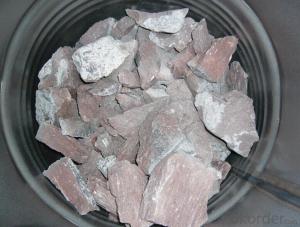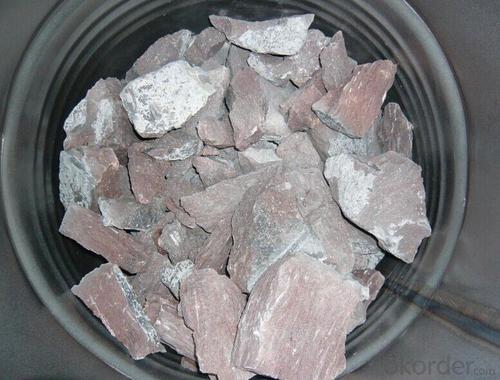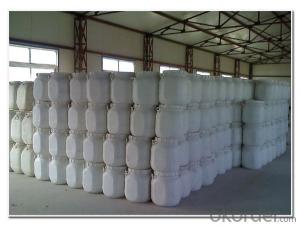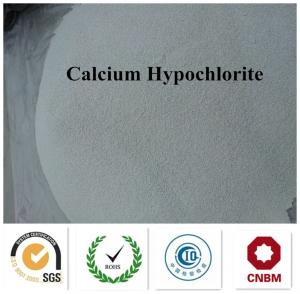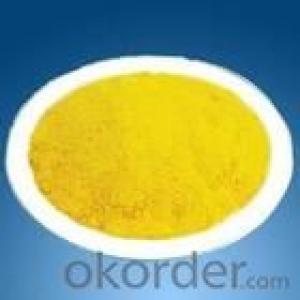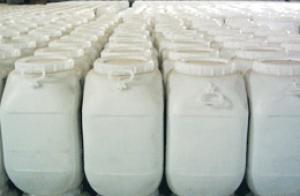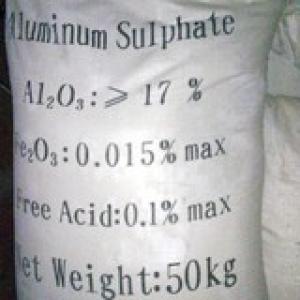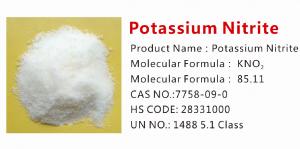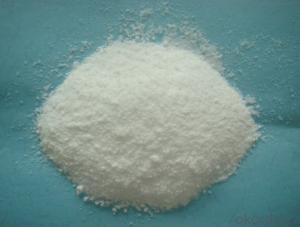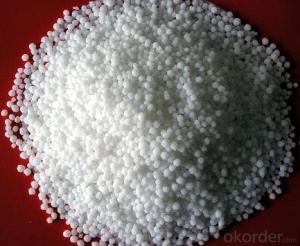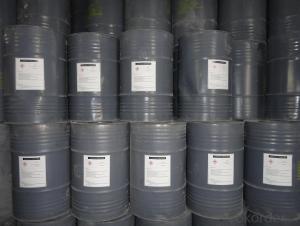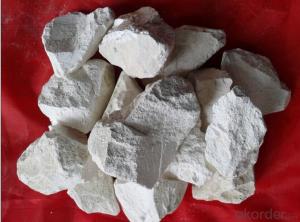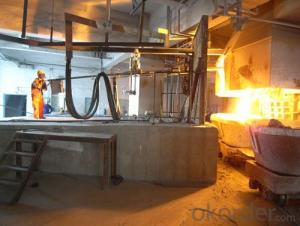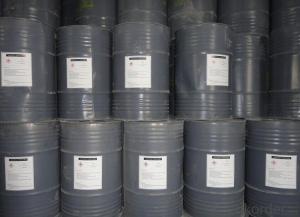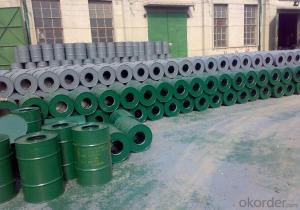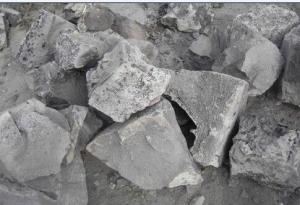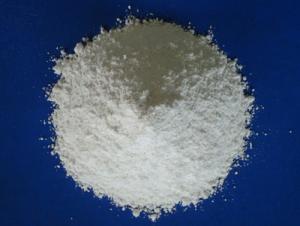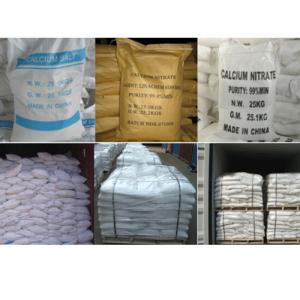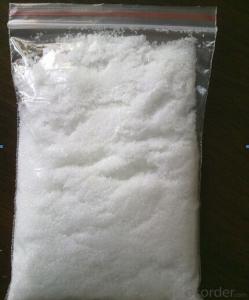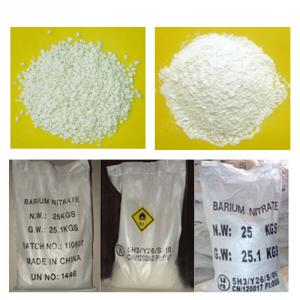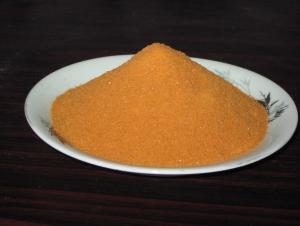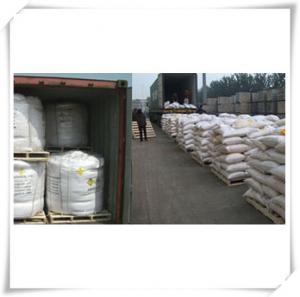Good quality of Calcium Carbide and with best price
- Loading Port:
- Tianjin
- Payment Terms:
- TT OR LC
- Min Order Qty:
- 22.5
- Supply Capability:
- 1000 m.t./month
OKorder Service Pledge
OKorder Financial Service
You Might Also Like
This product is lumpy substance, its surface is a little deep gray, has slight nasty smell. It can produce acetylene gas when met water, it can burn when meets fire. The acetylene gas mix with air will form explosive gas (explosive range of acetylene gas in the air is 2.3% - 81%).
Technical specifications and features
1. Name
Calcium Carbide
2. Molecular formula
CaC2
3. UN
1402
4. Class
4.3
5. HS code
28491000
6. Gas yield20 101.3 Kpa
≥295L/KG
7. PH3(V/V)
≤0.08%
8. H2S(V/V)
≤0.1%
9.Molecular weight
64.10
(according to 1995 international relative atomic mass)
10. SIZE
4-7,7-15,15-25,25-50,50-80,80-120MM
11. Packing
50kg or 100kg iron drum
Cautions during transportion:
The packing must be kept in good condition and the goods should be stored in a dry,cool and ventilated place.It should be separate from the cargo can burn and acid.It should avoid meeting water and moisture.It should give off the acetylene in iron drum before storing in warehouse. Rolling drums,heavy putting down and colliding are not allowed to avoid the spark leads to explosion.
- Q: How much of the body's inorganic salts account for the weight of the body?
- The inorganic salts in the human body account for about 5%
- Q: What fruit contains more minerals?
- Watermelon fruit contains 90% or so, so there are "watermelon," said watermelon contains a variety of nutrients and chemical substances. Watermelon pulp contains protein, sugar, crude fiber, potassium, phosphorus, calcium, iron, sodium, magnesium Chlorine, niacin, vitamin A, vitamin B1 and vitamin B2 in the watermelon juice also contains citrulline, alanine and glutamic acid and other amino acids, malic acid and other organic acids, pectin and a small amount of glycosides, and Medlar, cinnamon and other alkaloids and so on.
- Q: What are the important physiological functions of inorganic salts in cells
- Maintain intracellular acid-base balance, regulate osmotic pressure, maintain cell morphology and function. Such as: blood calcium and potassium ions.
- Q: The lack of three major inorganic salts can cause symptoms in the plant
- P: Promote the development of seedlings and the opening of flowers so that the fruit and seed are mature early. Lack of performance: the plant is particularly short, leaves were green, and purple.
- Q: is table salt organic or inorganic, why?
- if its found in nature its organic if its made by man its synthetic. table salt is found in the ocean so i guess it would be organic.
- Q: After a lot of sweating, the amount of drink with inorganic salt drink right?
- It is best to drink this kind of drink, which contains sodium and potassium, and when the body after a lot of exercise will consume a lot of potassium, leaving the body feel weak, this drink can quickly add the body Electrolyte, need to note that before the exercise 1-2 hours, during exercise and after exercise have to drink
- Q: Inorganic salt is not salty
- HCl (hydrochloric acid) dilute: more acid, feeling slippery mouth, the typical vomit feeling, slightly spicy. Concentration: extreme acid, spit after the bitter taste, and then the whole mouth cold, 10 minutes later improved.
- Q: Is urea an inorganic salt?
- Is not organic matter ah inorganic salts are present in the body and food minerals in the mineral, composed of organic matter and inorganic synthesis of the human body has been found to have more than 20 kinds of essential inorganic salts, about 4 to 5% of body weight. More (> 5g) for calcium, phosphorus, potassium, sodium, chlorine, magnesium, sulfur seven; daily dietary requirements are more than 100mg, known as constant elements. Other low content, with the modern analysis of technological progress Iron, copper, zinc, manganese, cobalt, molybdenum, selenium, chromium, nickel, silicon, fluorine, vanadium and other elements were found by atomic absorption spectroscopy, neutron activation, plasma emission spectroscopy and other trace analysis methods. But also the human body is necessary, the daily dietary requirements for the amount of μg ~ mg called trace elements.
- Q: What is the use of inorganic salts in plants? How is it discharged
- Plants need inorganic salts, just as people need trace elements, the growth of auxiliary organisms can be through the leaves of the surface of the pores, with the water discharged together
- Q: Does the apple contain inorganic salts and vitamins?
- Yes, the fruit is rich in these two nutrients, especially apples
Send your message to us
Good quality of Calcium Carbide and with best price
- Loading Port:
- Tianjin
- Payment Terms:
- TT OR LC
- Min Order Qty:
- 22.5
- Supply Capability:
- 1000 m.t./month
OKorder Service Pledge
OKorder Financial Service
Similar products
Hot products
Hot Searches
